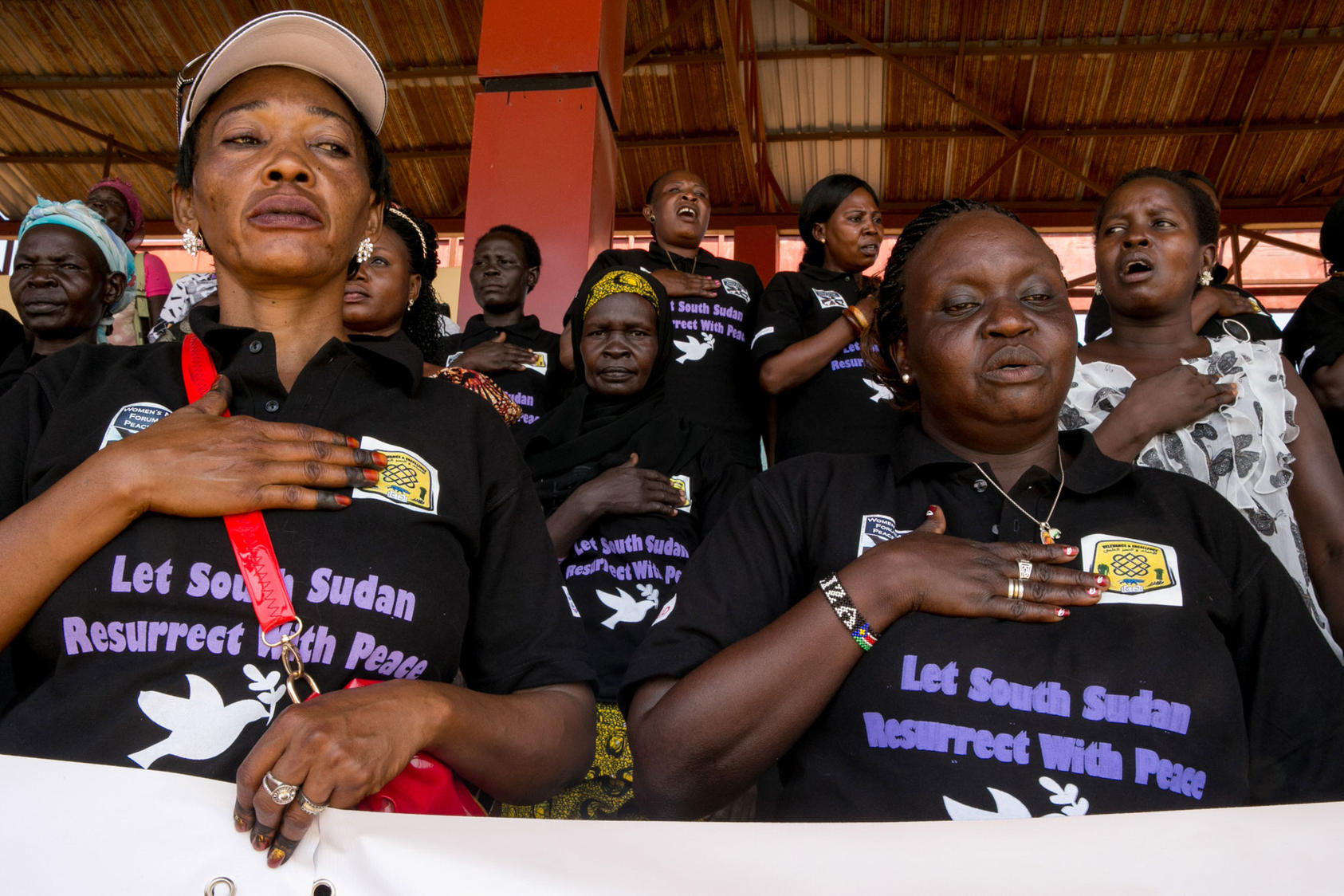Members of the Troika—and the United States in particular — offered informal support at the request of the IGAD mediation but occupied no official role. Troika representatives undertook diplomacy in support of peace efforts, and the IGAD mediation often sought out Troika representatives support with diplomatic outreach to the parties. Additionally, Troika representatives offered technical inputs and ideas that the IGAD mediation employed at its discretion; some inputs were drawn upon, many others were disregarded.
Similar diplomatic support was occasionally offered by the United Nations, European Union (EU), the African Union (AU), China, and members of the so-called IGAD Partners’ Forum.
IGAD Plus: In mid-2015, the mediation format was officially expanded with the aims of getting a larger number of African and international partners invested in a sustainable outcome, offering substantive support to IGAD, and offsetting the sometimes harmful consequences of differences between IGAD states.
Members of IGAD Plus included: IGAD, five African states selected by the AU — Algeria, Chad, Nigeria, Rwanda, and South Africa, representing each of Africa’s five regions — the Troika, China, the EU, the AU, the IGAD Partners Forum of donor countries, and the U.N.
While the expanded format helped focus partner support and demonstrate a united front to the conflict parties, the change ultimately meant little in practical terms, as IGAD mediators continued to lead direct negotiations and the IGAD heads of state retained control of the process.
